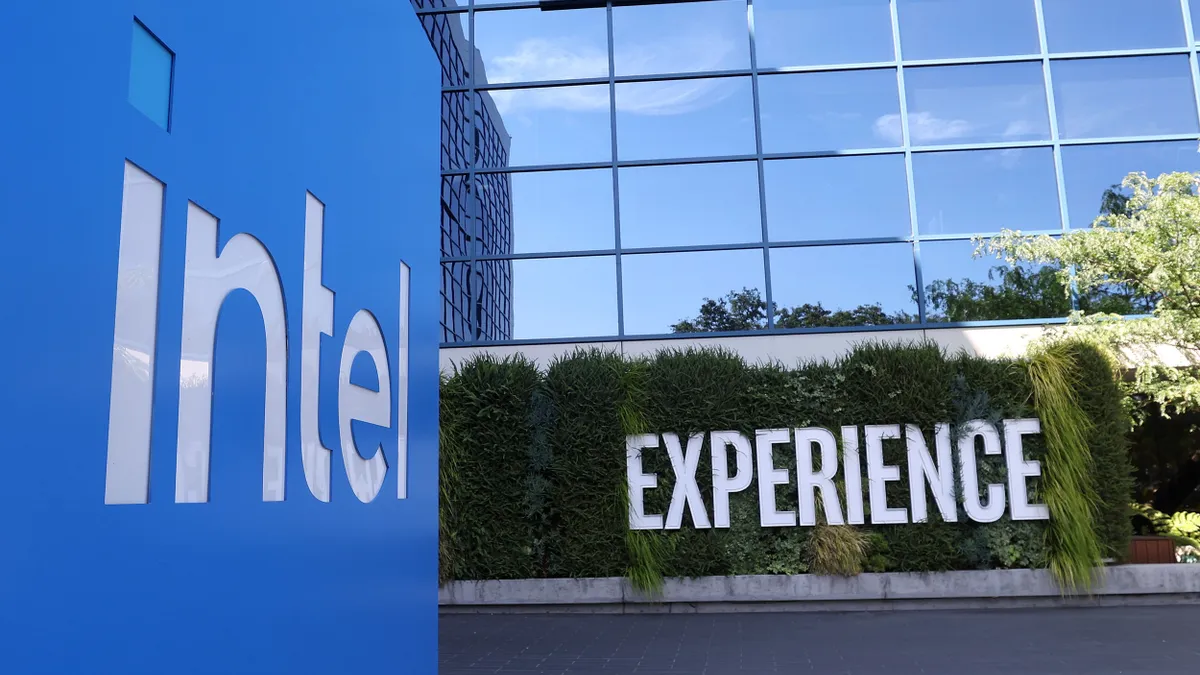Based on an analysis of Cisco's latest earnings report, it looks likely that price increases will be locked in for at least the next year or two, experts say.
Even as the world’s economy continues its rebound from a tumultuous 2020, with the COVID-19 pandemic causing supply chain disruptions, worker shortages, and a lot of fear, uncertainty, and doubt, IT departments will have to contend with higher prices and gear shortages for the foreseeable future.
As Cisco's latest quarterly earnings report released in mid-August confirms, tech prices are definitely on the rise and, according to analysts, will likely remain higher for some time.
"They have to increase their prices because their supply prices have gone up," said Glenn O'Donnell, VP and research director at Forrester. "This is the chip shortage problem. It is a classic supply-demand issue."
The demand for products that rely on chips has exploded, he said. As the COVID-19 pandemic forced people to work from home, demand for PCs, cloud, IoT devices, switches, campus networking gear, edge servers and the like went through the roof. On the consumer side, demand for devices that contain chips — even the least high-tech 40-nanometer variety – also increased.
"More smart cars and smart refrigerators and smart doorbells," said O'Donnell. "There's more and more demand for the silicon, but there's only a certain amount of capacity to make silicon. And we're stuck there."
Even though extra capacity is being built all around the globe, it will likely be 2023 before chips roll off assembly lines in significant quantities to ease the current shortage.
During its earnings call with analysts, Cisco said its price increases were selective and only designed to offset costs, not increase top line revenue. They expect to have the shortages under control within the year, according to Cisco CFO Scott Herren.
"As we discussed last quarter, we continue to manage through the supply chain constraints seen industrywide due to component shortages ... which we expect will continue at least through the first half of our fiscal year and potentially into the second half," he said during the company's Q4 earnings call in August.
Cisco routinely increases prices on different products and services, as well, according to Herren. The company just doesn't always announce it on earnings calls.
Inflation also plays a role, said Eric Hanselman, principal research analyst for Pipeline Research at 451 Research, part of S&P Global Market Intelligence.
"It's a trend that we see across technology broadly," he said. "If you look at both availability and then raw costs – shipping costs have increased dramatically, component costs, because of limited supply, we're seeing increases."
Volatile market environment adds to the disruption
While the pandemic did not drive up prices directly, tariffs on metals and other raw materials, shipping cost increases, and the demand for edge networking gear have all contributed to the pricing increases we see today.
As the pandemic unfolds, unpredictability and uncertainty are also causing companies to hedge their bets. Increasing prices ahead of potential supply chain disruptions, shortages or cancelled orders help vendors maintain margins amid fluctuating conditions on the ground.
"They're trying to balance gross margin in a complex environment," Hanselman said. "At a point at which there are broad inflationary price increases that are taking place across the market, it's probably not a bad time to be considering price increases."
While Hanselman agrees Cisco is a bellwether tech company and its price increases are indicative of larger market trends, he does not expect tech costs to continue to rise indefinitely.
"Keep in mind that this is a market in which there has been historic, significant, long-term price declines," he said.
There will be short-term pain in specific market segments like edge networking gear, but other areas like data center products — which experienced a slight sales decline compared to Cisco's other portfolio items like services, security, and Webex revenue — will not see long-term price hikes.
Still, many price increases are here to stay, according to O'Donnell. "I'm not an economist, I'm an engineer so I can't really tell, but my gut feeling says these price increases are probably permanent," he said.
Overall, compared to 2020, the report was "a bit of a yawner," said O'Donnell.
To get a clearer view of the trends at play in the tech market, results must be compared to the same quarter two years ago, not one. Taken in that light, the company still did well but not as well as it's current double-digit growth, outside of its data center business, would indicate.
"That's a more realistic view because we're still in this pandemic. We haven't come out of it yet. But "let's give [them] credit where credit is due," O'Donnell said. "Even though the improvements are not as good as they might appear, it's still going in the right direction and that's a good thing."



















